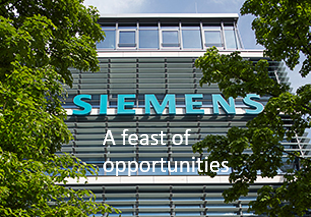 The report from Arthur D Little “Innovating in the digital age- a cross-industry exploration” has to be the one report that really stands out for me from this year. I highly recommend it. They take a look at how digital technology will transform the way innovation will be managed in the future.
The report from Arthur D Little “Innovating in the digital age- a cross-industry exploration” has to be the one report that really stands out for me from this year. I highly recommend it. They take a look at how digital technology will transform the way innovation will be managed in the future.
This report was produced by Dr. Michael Kolk, a partner, Digital Innovation Lead in Arthur D Little and Heike Woerner, a principal, technology and innovation management.
Now that is music to my ears, a report that provides extra “jest” to my own arguments that digital innovation is going to take over in very significant ways the innovation management process from discovery to delivery.
So many of the current suppliers of software are asleep at the wheel still working the old tired model of how to set about innovation. That will change, it will change and I predict we will see significant movement into having digital solutions specifically for innovation management in 2019. As I know the continuing deepening of insights will eventually compel companies to change their innovation management thinking.








